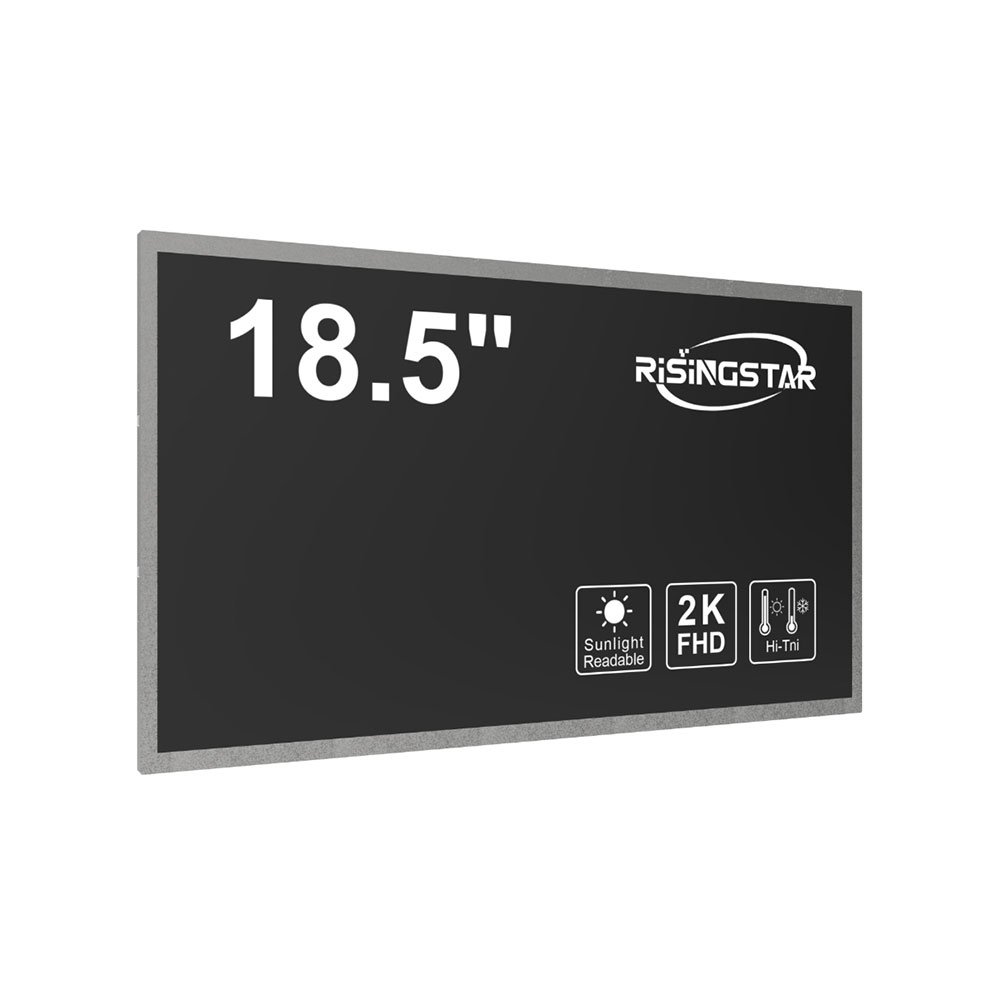- Home
- About Us
- Products
- News
- Video
- Contact
- Send Inquiry
Search
- Home
- About Us
- Products
- News
- Video
- Contact
- Send Inquiry

Outdoor LCD displays are essential in modern infrastructure—from digital signage in public spaces to industrial control panels exposed to the elements. One of the most critical specifications for these screens is their IP66 waterproof rating, a standard defined by the International Electrotechnical Commission (IEC) under IEC 60529. This rating ensures that the display can operate reliably in harsh environments where dust and water ingress must be prevented.
The "IP" stands for "Ingress Protection," and the two digits following it indicate the level of protection. In an IP66 rating, the first digit "6" means the device is completely protected against dust—no ingress of dust is permitted, which is crucial for long-term reliability in construction sites, factories, or desert regions. The second digit "6" signifies that the screen can withstand powerful water jets from any direction. This is typically tested by spraying water at 12.5 liters per minute under a pressure of 100 kPa for at least 3 minutes—a scenario far more rigorous than typical rain exposure.
Manufacturers achieve this high protection level through robust sealing methods such as silicone gaskets, sealed enclosures, and reinforced front glass with edge sealing. For example, many professional outdoor LCDs use aluminum die-cast frames with rubber O-rings, ensuring no moisture penetrates even during heavy storms or high-pressure cleaning. Some models also integrate internal desiccants to manage condensation, further enhancing durability.
Real-world applications highlight the importance of IP66 compliance: traffic signal monitors in rainy climates, retail kiosks in coastal cities, and solar farm dashboards in dusty arid zones all depend on this rating. According to industry data from the Association for Automatic Identification and Data Capture (AIM), over 85% of outdoor display failures in commercial settings are due to environmental damage—not hardware defects. IP66-rated units reduce such risks significantly, lowering maintenance costs and improving uptime.

It’s important to note that while IP66 provides excellent protection against water jets and dust, it does not guarantee full submersion resistance. For underwater use, an IP68 rating would be required. However, for most outdoor installations, IP66 offers the ideal balance between cost, performance, and resilience.
To ensure long-term operation, always verify the manufacturer's test reports and consider additional environmental factors like UV resistance, thermal range (-20°C to +60°C), and brightness (at least 5000 nits for sunlight readability). With proper design and testing, an IP66-rated outdoor LCD becomes a reliable, long-lasting solution for global deployment.